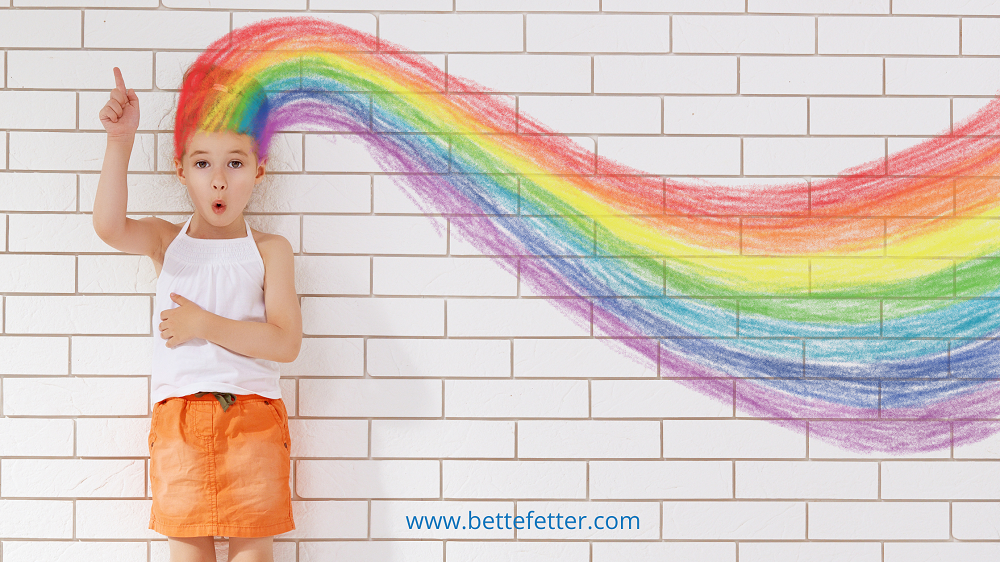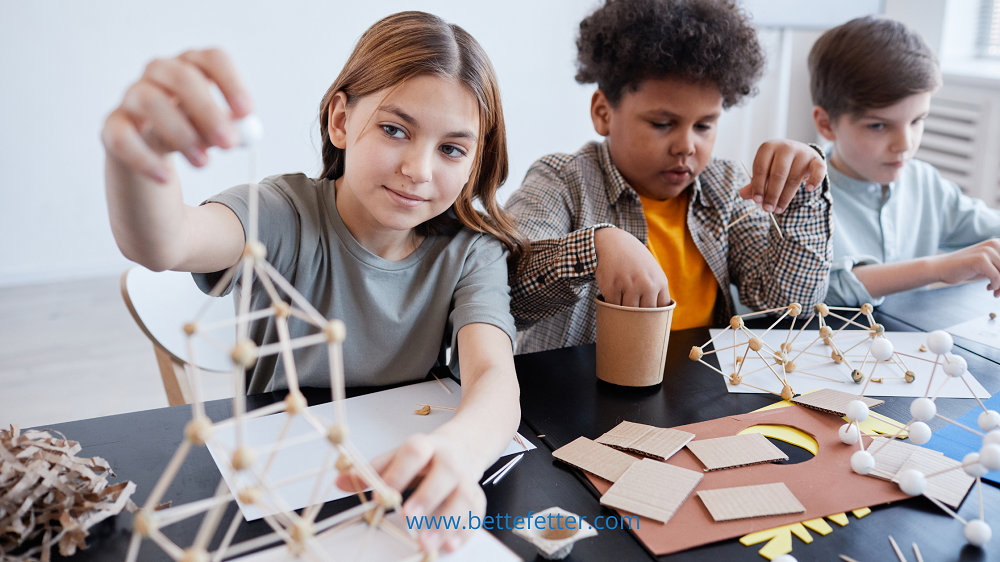Teaching Kids Artistic Thinking: Inspiring Creativity and Innovation
 Artistic thinking is not just for budding Picassos or future concert pianists; it’s a valuable skill that can be nurtured in all children. While our right- brain thinkers already have a leg up in this kind of thinking, encouraging it in all children not only fosters their creative expression but also equips them with vital problem-solving skills. Let’s explore the importance of teaching artistic thinking to kids and get some practical strategies for nurturing their creative minds.
Artistic thinking is not just for budding Picassos or future concert pianists; it’s a valuable skill that can be nurtured in all children. While our right- brain thinkers already have a leg up in this kind of thinking, encouraging it in all children not only fosters their creative expression but also equips them with vital problem-solving skills. Let’s explore the importance of teaching artistic thinking to kids and get some practical strategies for nurturing their creative minds.
Embracing Creativity as a Core Skill
Children need to understand that their creative thinking is a powerful tool that can be applied in various aspects of their lives, from problem-solving to self-expression.
To implement this idea, encourage kids to see creativity as a skillset that can be developed, just like math or reading. Allow them to understand that making mistakes and trying new things are essential aspects of the creative process.
Encouraging Exploration
Encourage kids to ask questions, try new things, and engage with the world around them. Help them discover the beauty in everyday objects, and teach them to observe the details that often go unnoticed.

Promoting the Process Over the Product
In a world that often emphasizes the final product, promote shifting the focus towards the creative process. Encourage kids to enjoy the journey of creating, rather than just seeking validation through the end result. This can reduce pressure and fear of failure, allowing kids to explore their artistic thinking more freely.
You can achieve this by setting up open-ended art projects where there’s no right or wrong way to complete a task. Emphasize the importance of experimenting and learning through trial and error.
Building Creative Confidence
Let them know that their ideas and expressions are valid. Avoid being overly critical, and instead, provide constructive feedback that guides their creative growth.
Teaching artistic thinking involves creating a safe and supportive environment where kids feel comfortable sharing their ideas. Celebrate their accomplishments, no matter how small, and let them know that their creative endeavors are valued.
Integration of Arts in Education
We need to integrate of art into the core curriculum, promoting STEAM (Science, Technology, Engineering, Arts, and Mathematics) education. This approach allows kids to see the connections between different subjects and fosters a holistic understanding of the world.
You can support this idea by collaborating with teachers and educators to integrate arts into the classroom. Encourage projects that combine various subjects, like creating artwork related to science experiments or historical events.
Teaching artistic thinking to kids is not about making every child an artist but nurturing their innate creativity. It’s crucial to emphasize the importance of recognizing creativity as a skill and providing children with the tools and environment to develop it.
By utilizing these strategies, we can help children unleash their artistic thinking potential, preparing them for a future where creativity is a highly sought-after skill. Remember that every child is unique, so adapt these strategies to suit their individual needs and interests, and watch as their creative minds flourish.











